The Spirit of the Wild, Captured in Light: A Collector’s Guide to Wolf Crystal Figurines
Collectors of rare figurines find that a wolf crystal figurine is one of the few kinds of figurines that are rather difficult to find. Although there may be a wolf crystal figurine or two on certain figurine websites and auction sites, there are not that many to make a huge collection.
A few subjects command the same respect and fascination as the wolf. It is a creature of duality—a symbol of raw, untamed wilderness and, simultaneously, a representation of profound loyalty, family, and community. Capturing this complex spirit in a static object is a challenge. But in the hands of a master artisan, cold, clear crystal becomes the perfect medium, transforming the wolf’s essence into a breathtaking object of light, power, and brilliance.
This updated, in-depth guide will take you on a journey into the heart of the crystal wolf. We will explore the deep symbolic meanings that make these pieces so compelling, profile the iconic makers who have defined the art form, and, crucially, provide a complete framework for understanding the true “value” of your collection—a value built not on a price tag, but on history, craftsmanship, rarity, and condition.
Whether you are a seasoned collector of Swarovski, an admirer of Lalique’s artistry, or have just received your first howling wolf figurine as a gift, this guide will illuminate the passion and precision behind these sparkling predators.
The Soul of the Wolf: Deep Symbolism in Crystal Art
A wolf crystal figurine is rarely just a decorative object. It is a totem. Its power comes from the centuries of myth and meaning that humanity has imbued in the wolf. When you choose a crystal wolf, you are choosing an archetype. Understanding this symbolism is the first step to becoming a true collector.
“The Lone Wolf”: A Symbol of Power, Freedom, and Independence
The “lone wolf” is a powerful and popular archetype. This figure represents self-reliance, inner strength, quiet confidence, and a refusal to be tamed. It speaks to the individualist, the survivor, and the leader.
In the world of crystal, this is most often represented by the standing wolf figurine or the stalking wolf. These pieces are defined by their posture. The standing wolf, with its head held high and a clear, forward gaze, is a portrait of dignity and power. Makers like Swarovski have produced iconic “Standing Wolf” or “Soulmates” pieces that capture this noble bearing. The stalking wolf, low to the ground and intense, represents focus, intelligence, and purpose.
These figurines are popular gifts for graduations, promotions, or for anyone embarking on a new, independent chapter in their life. They serve as a reminder of one’s own inner strength.
“The Wolf Pack”: Loyalty, Family, and Community
The true nature of the wolf is not solitary; it is social. The wolf pack is one of the most complex and loyal social structures in the animal kingdom. This archetype represents everything the lone wolf does not: family, community, teamwork, and unwavering loyalty.
This symbolism is beautifully captured in crystal figurines featuring:
- Wolf Pairs: Often called “love birds” of the canine world, a crystal wolf couple is a profound gift for a wedding, anniversary, or partner. It symbolizes a bonded pair, a lifelong partnership.
- Wolf with Cubs: This is a powerful symbol of family and protection. A mother or father wolf watching over its pups is a direct representation of parental love, guidance, and the strength of the family unit.
- The Wolf Pack: While less common due to their complexity and cost, full-pack sculptures are a holy grail for some collectors. More commonly, collectors will create their own “pack” by displaying a wolf pair and several cub figurines together.
“The Howling Wolf”: A Call to the Wild and a Voice of Freedom
Perhaps the most popular and evocative pose of all is the howling wolf crystal figurine. This is a deeply resonant image, stirring something primal within us. The howl is the wolf’s voice, its connection to its pack, and its declaration of presence to the world.
A crystal figurine of a howling wolf, with its head turned to the sky, symbolizes:
- Freedom: It is the ultimate expression of an untamed spirit.
- Communication: It represents speaking one’s truth, a “call to the wild” in one’s own soul.
- Connection: It is a call to its “pack,” reminding us of our own need to connect with our tribe and our roots.
This pose is technically challenging for the artisan, requiring a perfect balance as the figurine’s weight is shifted. When executed by a master like Lalique or Swarovski, the arched neck and open mouth, all rendered in flawless crystal, create a sense of dramatic, frozen sound.
The Titans of Crystal: Iconic Makers of Wolf Figurines
While countless studios produce glass animals, the collector’s market is dominated by a few legendary makers. Each has a unique philosophy and artistic signature, and their wolves are distinctly different.
1. Swarovski Crystal Wolf Figurines: A Legacy of Brilliant Faceting
When most people picture a “crystal wolf,” they are picturing a Swarovski. For decades, this Austrian company has mastered the art of precision-faceted crystal, turning figurines into light-filled prisms.
A Swarovski wolf is not an attempt at photorealism. It is an interpretation of the wolf, breaking its form down into dozens or hundreds of geometric facets that capture and refract light.
Key Collectible Swarovski Wolves:
- The Howling Wolf (Ref. 174506): A classic and one of the most popular. Part of the “Silver Crystal” line, this piece, designed by Adi Stocker, perfectly captures the iconic pose. It was in production for over 15 years, making it a beloved staple.
- The Standing Wolf (Ref. 158820): Also known as the “Grey Wolf,” this earlier piece (pre-1995) is a classic “lone wolf” pose, full of dignity.
- The “Soulmates” Wolf (Standing): A more modern and larger interpretation, this piece was part of a line of powerful animal sculptures, showcasing a more dynamic, “in-motion” stance with incredible faceting.
- Wolf Cubs & Pairs: Swarovski has released several wolf pups (e.g., Ref. 235161) and a “Wolf Pair,” which are highly sought after by collectors wanting to create a “pack” display.
- SCS & Limited Editions: The most valuable pieces are often tied to the Swarovski Crystal Society (SCS). For example, the 2022 SCS Annual Edition “Elegance of Africa” series included a “Black-Maned Wolf” (Aiden), a stunning piece that, while not a true wolf, showed the brand’s move toward this subject.
- The Black Crystal Wolf: A major modern trend. Swarovski has introduced wolf figurines in solid black crystal (e.g., as part of the “Into the Wild” collection). These pieces are dramatic, modern, and highly sought after, offering a striking contrast to the traditional clear crystal.
2. Lalique ‘Loup’: The Artistry of French Crystal
If Swarovski is the master of brilliant light, Lalique is the master of poetic form. Founded by legendary Art Nouveau jeweler René Lalique, this French maison is famous for its signature contrast of clear, polished crystal with soft, satin-frosted crystal.
A Lalique wolf is less an object of sparkle and more a piece of sensual, tactile sculpture. The frosted finish gives the “fur” a soft, ethereal quality, as if it’s glowing from within.
- “Loup Hurlant” (Howling Wolf): A masterpiece of the form. The Lalique howling wolf is a weighty, sculptural piece that emphasizes the elegant curve of the neck and the animal’s powerful musculature. It is a pure luxury item, a piece of fine art.
- Standing Wolf Sculptures: Lalique has also produced standing wolves, often in clear or black crystal. The black “Loup” sculpture is particularly striking, appearing as a shadow of polished and matte surfaces.
- Artistic Value: Collecting Lalique is different from collecting Swarovski. It is less about completing a series and more about acquiring a single, significant piece of French art glass.
3. Mats Jonasson: The Swedish Master of Naturalism
For collectors who find faceted crystal too abstract and frosted crystal too poetic, there is Mats Jonasson. This Swedish master artisan is world-renowned for his unique and highly collectible crystal wildlife.
Jonasson’s technique is unmistakable: he uses full-lead cast crystal, often in solid, block-like forms. The image of the wolf is then created in reverse—an intaglio design that is diamond-engraved, sandblasted, and polished on the back of the block. When viewed from the front, this creates a stunningly realistic, three-dimensional image that seems to float within the crystal.
- Wolf Paperweights & Sculptures: Jonasson’s wolves are famous. He has created numerous designs of howling wolves, wolf portraits, and wolf pairs.
- The “Naturalistic” Choice: These pieces appeal to the collector who loves realism. You see the detail of the fur, the intensity of the eyes, and the true-to-life form. They are often called “crystal illusions.”
- Collectibility: Signed “Mats Jonasson” or “Målerås” (the glassworks he is associated with), these pieces are highly collectible and beloved by wildlife art enthusiasts.
4. Other Notable Makers: Waterford, Baccarat, and Bohemian Glass
- Waterford: The famed Irish crystal maker is more known for stemware, but they have produced crystal animal figurines, including wolves. These are often part of seasonal or holiday collections, like the “Winter Wonders” series.
- Baccarat: This French contemporary to Lalique is one of the world’s most luxurious crystal brands. While their focus is more on stemware, lighting, and abstract art, they have produced high-end animal sculptures. A Baccarat wolf is a rare and exceptionally valuable find.
- Bohemian Crystal: This is a general term for high-quality glass from the Czech Republic. Many unbranded or lesser-known studios produce beautiful, faceted crystal wolves in the “Swarovski style,” often at a much more accessible price point.
Beyond the Brand: Understanding the “Value” of Your Wolf Crystal Figurine
You’ve inherited a crystal wolf, or you’re looking to buy one on the secondary market. How do you determine its “value” without a price guide? Value is a story told by several key factors. A $500 figurine can become a $50 figurine with one tiny chip.
Here is the professional collector’s checklist for assessing a piece’s true worth.
1. The Maker’s Mark: Is it a Signed Piece?
This is the single most important factor. An unsigned piece, no matter how beautiful, is almost impossible to attribute and will have a fraction of the value of a signed one.
- Swarovski: Look for the logo. Modern pieces have the Swarovski Swan. Pieces from 1976-1988 have the Block “SC” logo. Pre-1976 pieces were sometimes unsigned.
- Lalique: Look on the base or a discreet side for the etched script signature “Lalique France”. Pre-1945 pieces (made by René himself) are signed “R. Lalique” and are exponentially more valuable.
- Mats Jonasson: Look for his etched signature, “Mats Jonasson,” and often a serial number.
2. Condition: The Collector’s First Hurdle
In crystal collecting, condition is everything. Flaws do not “add character”; they destroy value.
- Chips & Cracks: A large chip or a visible crack can reduce a piece’s value by 70-90% or more.
- “Fleabites”: These are minuscule, pin-head-sized chips, often on sharp facet edges or ear tips. They are very common and must be disclosed in a sale. A piece with fleabites is no longer “mint.”
- Scratches: Look on the base (from sliding) or on the body.
- “Sickness”: This is an irreversible cloudiness in older glass, often from being stored in a damp environment or washed in a dishwasher (which should never be done). A sick piece has almost no collector value.
3. The Critical Importance of Box and COA
For modern collectibles (especially Swarovski and Lalique), the “value” is tied to its completeness.
- OVP (Original Box): A collector wants the full “as new” experience. The original fitted, foam-lined box is critical. Without it, a piece’s value can be cut by 20-40%.
- COA (Certificate of Authenticity): This small booklet or card that came with the piece is its “passport.”
- Mint in Box (MIB): This is the gold standard, meaning the figurine, the box, and the COA are all present and in perfect, like-new condition.
4. Rarity, Retirement, and Editions
- Retired/Discontinued: When a brand like Swarovski “retires” a piece, it’s no longer made. This freezes the supply, and if demand remains high, the value on the secondary market will climb.
- Limited Edition (LE): A piece produced in a fixed number (e.g., “1 of 5,000”).
- Annual Edition (AE): A piece produced only for one year (e.g., SCS pieces).
- Color: Is it a rare or unusual color? The Swarovski black crystal wolves, for example, are inherently more valuable than many clear versions due to their shorter production runs.
5. Artistry, Size, and Complexity
Some pieces are simply more valuable because they are better art.
- Size: A larger, “statement” or “masterpiece” sculpture will, of course, be more valuable.
- Complexity: How many facets does it have? How detailed is the intaglio engraving? Does it involve multiple pieces of crystal expertly fused? A complex sculpture of a wolf pack will be more valuable than a simple pup.
The Collector’s Journey: How to Care For and Display Your Crystal
Once you have a piece, your job is to preserve its value and beauty for generations.
How to Clean Your Wolf Crystal Figurine
- Goal: Remove dust and fingerprints without scratching the crystal or damaging logos.
- Do: Wear soft, lint-free cotton or microfiber gloves to handle the piece. This prevents fingerprints, which are acidic and can etch the surface over time.
- Do: Dust regularly with a new, soft, clean makeup brush or a can of compressed air.
- Do (for deep cleaning): Use a soft, lint-free cloth dampened with lukewarm water and a tiny drop of mild, clear dish soap. Rinse with a cloth dampened with clear water.
- Don’t: Never spray Windex or any ammonia-based cleaner on it. This can damage coatings and logos.
- Don’t: Never submerge an antique or glued piece. Water can get in seams.
- Don’t: Never, ever put a crystal figurine in the dishwasher. The heat and harsh detergents will cause “sickness” and dull the crystal.
Displaying Your Crystal Wolf Pack
- Light is Key: A well-lit display is essential, but avoid direct, harsh sunlight. Strong UV rays can, over many years, cause yellowing in some older crystal.
- The Curio Cabinet: The classic choice for a reason. An enclosed glass cabinet (a “curio”) protects your collection from dust, pests, and accidental knocks.
- LED Lighting: Modern LED-lit shelves or bases are perfect for crystal. They produce bright, clear light with no heat and no UV rays. A light shining through a Mats Jonasson piece or onto a Swarovski wolf will bring it to life.
- Contrast: Clear crystal looks stunning against a dark (black or navy) background. Black crystal wolves “pop” against a light or mirrored background.
A Spirit in Crystal
The wolf crystal figurine is a timeless collectible because it embodies a perfect paradox: the untamed, wild spirit of a predator captured in the most refined, delicate, and brilliant of man-made materials.
Whether you are drawn to the dazzling facets of a Swarovski, the poetic frost of a Lalique, or the deep realism of a Mats Jonasson, you are participating in a long tradition of honoring this magnificent animal. Your collection is more than just “stuff”; it’s a pack of crystal guardians, a family of art, and a brilliant reflection of the wild spirit that calls to us all.

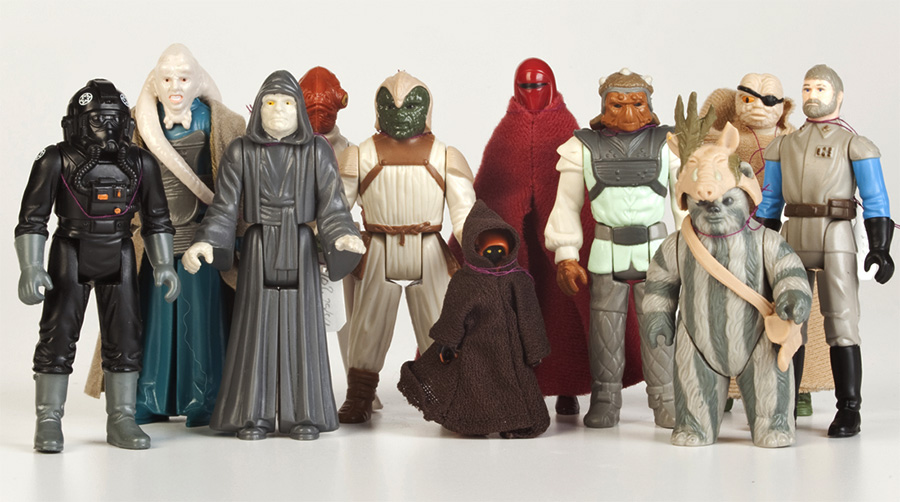
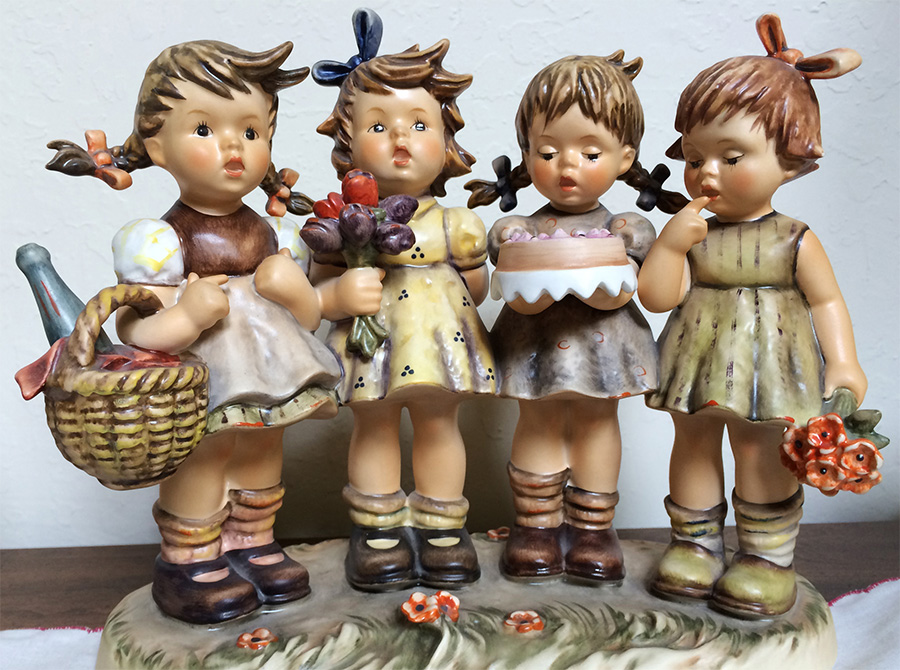
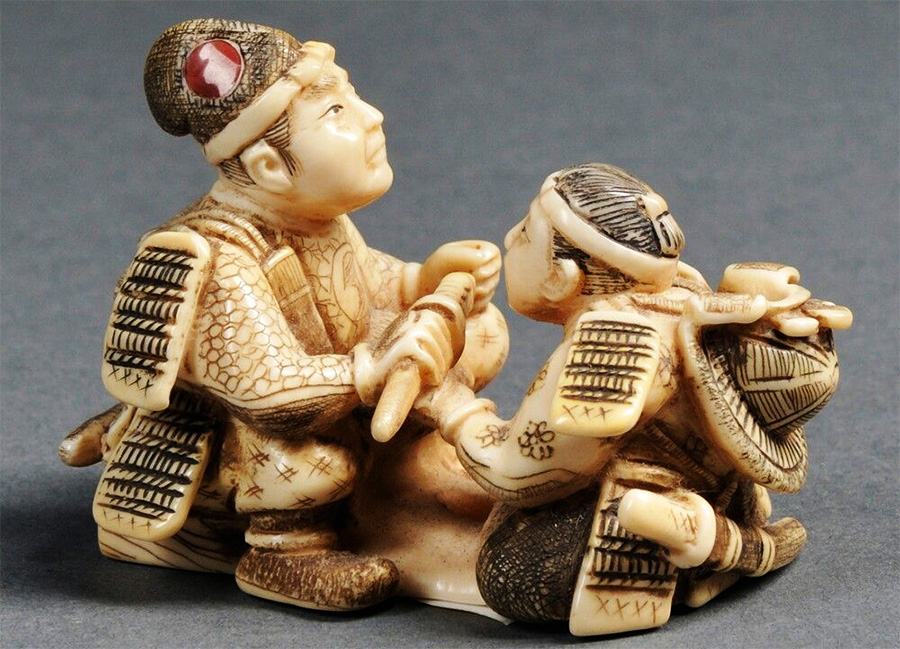
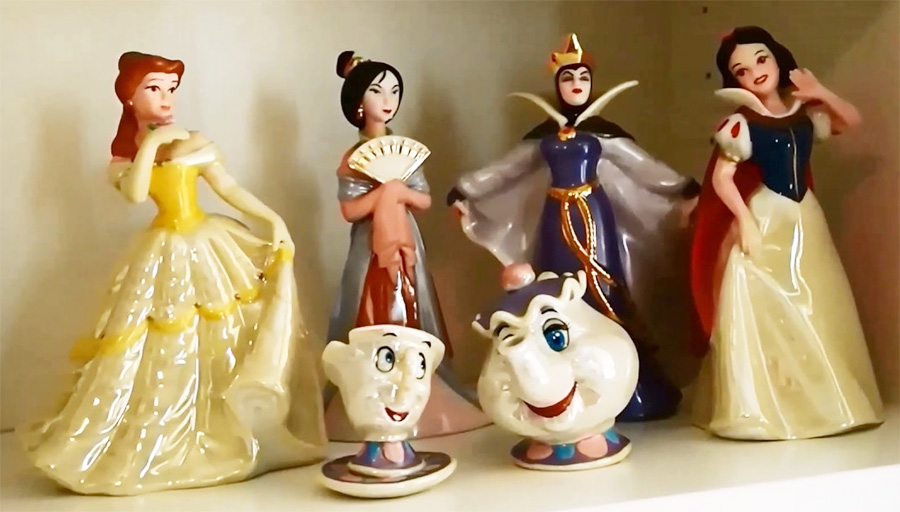
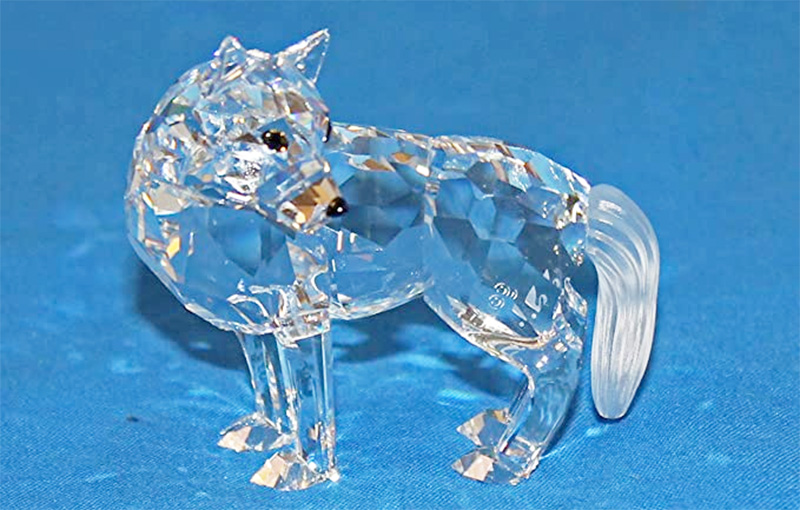
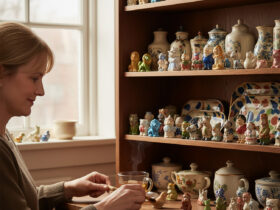
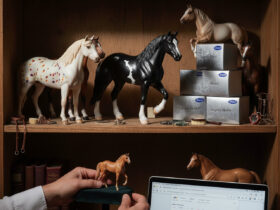
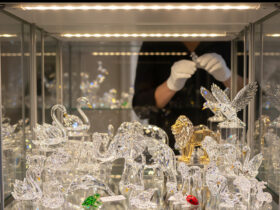
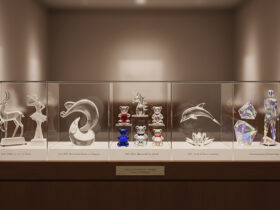
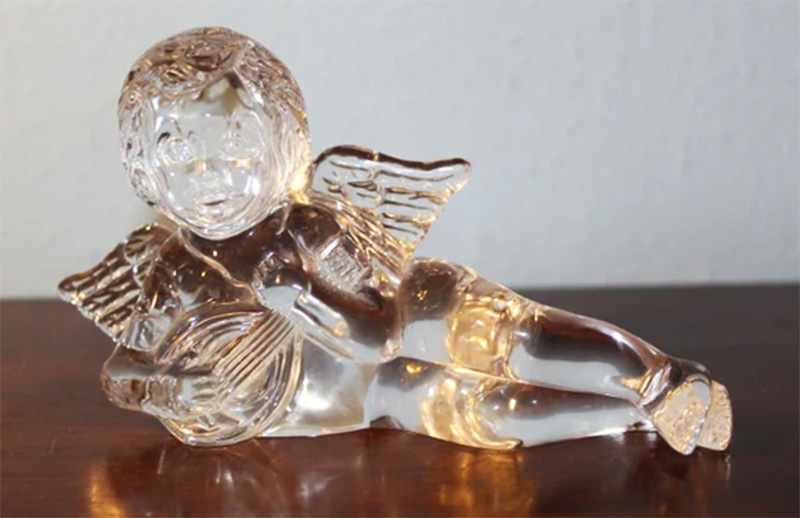
Leave a Reply